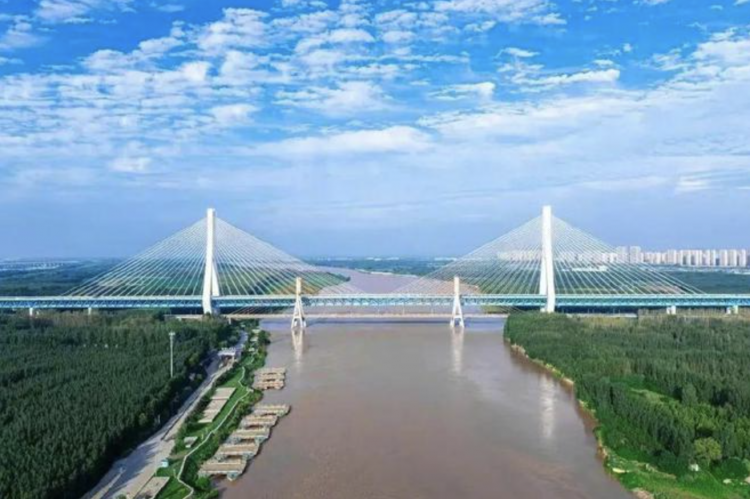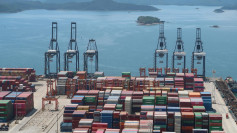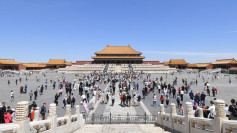BEIJING - China has reinstated tolls on several national highways after more than a decade of toll-free travel, citing the need for road maintenance funding and local fiscal pressures. This policy shift has sparked a broad debate over the economic and social impacts, as provinces including Shandong, Jiangsu, and several others begin reimplementing charges.
In 2009, China's "Fuel Tax Reform" abolished tolls on most national highways as part of a broader effort to reduce transportation costs and enhance economic mobility. This reform led to the removal of tolls from approximately 150,000 kilometers of roads across the country, excluding Xinjiang. The toll-free status of national highways became a symbol of the country's effort to support free and efficient transportation, fostering economic growth and the establishment of a unified national market.
However, a combination of declining local government revenues-exacerbated by a slowdown in the real estate sector-and increasing infrastructure maintenance costs has prompted authorities to reverse the toll-free policy. For example, the Jinan Yellow River Bridge in Shandong will be tolled for the next 25 years, and other regions have also begun imposing fees. Many fear this could set a precedent for other provinces to follow, leading to widespread tolling on national roads.
According to data from a report compiled by Li Peilin, a researcher at the National Development and Reform Commission's Institute of Land Development and Regional Economy, provinces such as Anhui, Shaanxi, Gansu, Hubei, Jilin, Shanxi, Jiangsu, and Shandong have all issued announcements regarding new tolls on national highways since 2021. The report highlights a growing trend of local governments turning to road tolls as a revenue source amid budget constraints.
The Growing Pressure of Road Maintenance
China's extensive road and bridge infrastructure has a limited lifespan. The surface layers of roads and bridges typically last around 15 years. Since the country's significant highway construction boom in the late 2000s, much of the infrastructure built during that time is now reaching the point where large-scale maintenance is urgently needed.
However, the question remains: Where will the money for road maintenance come from?
For toll roads like expressways, the cost of construction and maintenance is typically covered through a model of loans and tolls, allowing these roads to generate their own funding through vehicle fees. Non-toll roads, including national and provincial highways, historically relied on government funds, previously sourced from the now-defunct road maintenance fee. In 2009, the Chinese government reformed the fuel tax system, and the challenge now is twofold: on one hand, the need for maintenance is increasing as roads age; on the other, the rise of electric vehicles has slowed the growth of fuel tax revenues, leaving a widening gap in road maintenance funding.
A recent article by Zhang Yuling and colleagues from the Ministry of Transport's Highway Research Institute points out that the current annual funding shortfall for the maintenance of ordinary roads in China is around 300 billion yuan ($42.3 billion). Even if all replacement funding from the abolished road maintenance fee were fully utilized, the annual shortfall remains significant, leaving many local governments scrambling to cover the gap.
A Cautionary Tale: The Cost of Deferred Maintenance
The issue of road maintenance gained significant attention in May when a section of the Meida Expressway collapsed in Guangdong province, killing 48 people and injuring 30 more. The incident brought the dangers of deferred maintenance into sharp focus, highlighting the growing strain on China's aging infrastructure.
Many regions are facing what has been dubbed the "build it but can't maintain it" problem. While China has made substantial investments in high-speed rail and other infrastructure, some projects, like high-speed rail stations in underused areas, have been left partially idle due to a lack of long-term planning and sustained funding.
The Rural Road Dilemma
While the toll reinstatement on national highways has garnered the most attention, the real maintenance crisis may be in China's vast rural road network. Rural roads account for nearly 85% of China's total road mileage, but their construction and upkeep are mainly the responsibility of county-level governments. With local budgets already under pressure, many rural roads are falling into disrepair, posing significant safety risks for local residents.
Without sufficient financial support from higher levels of government, rural roads will continue to deteriorate, raising concerns about both transportation safety and rural development.






